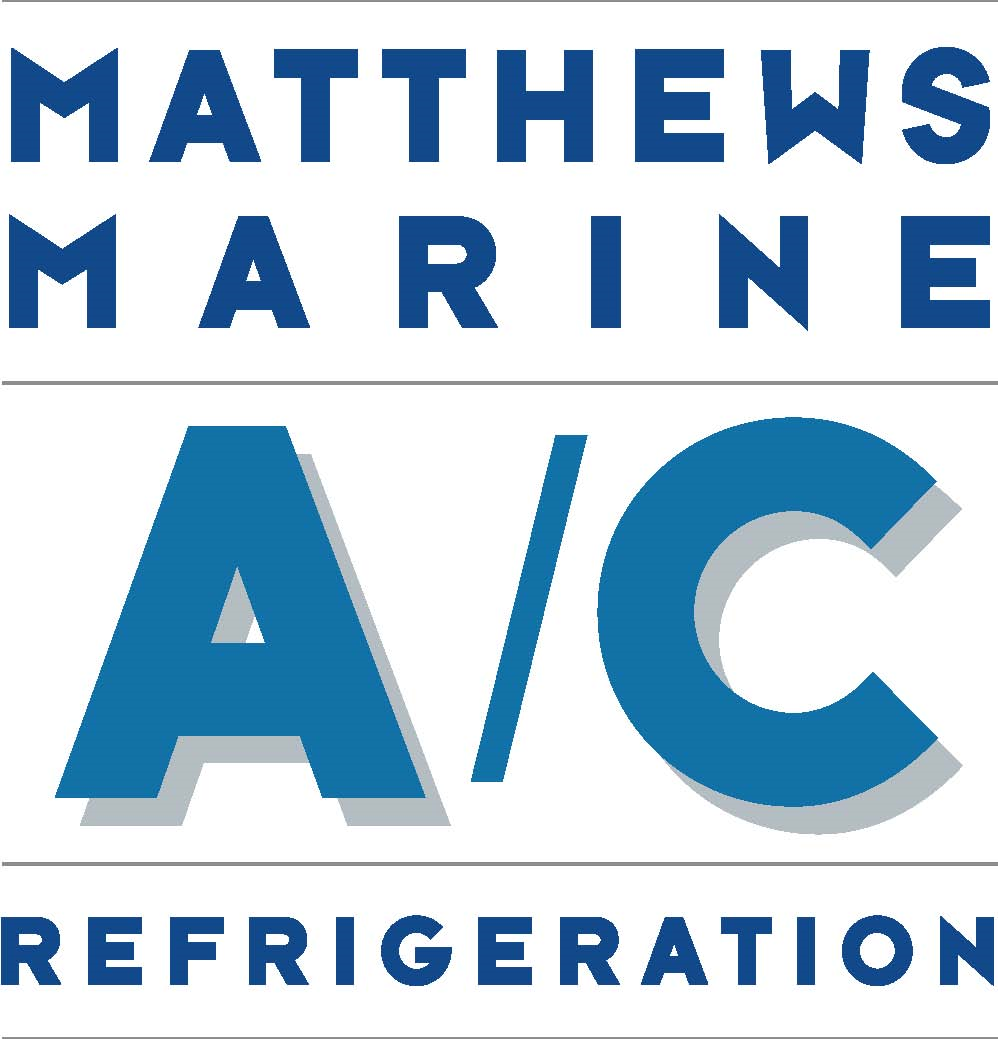Matthew,
I have the routine condenser cleaning schedule for when we port in May. I do this every fourth month as a preventative maintenance with a mild solution and never have a problem due to it. I was talking to another engineer and he recommended I also flush the chilled water circuit. I’ve never thought I had to since it is a closed loop fresh water circuit. What do you recommend?
Doug
Doug,
Although the chilled water circuit is not going to be affected like the sea water circuit it is not immune from contamination as does require maintenance. Most water sources have some degree of calcium which will deposit and grow in size affecting the insides of pipes. These deposits can develop on the air handler bypass valve which will make the sealing point of the valve not seal. The chiller evaporators can become clogged from deposits or debris which will trip safety switches on the chiller control. Internal pipe sizes can be decreased from deposits making water flows inaccurate for correct water delivery.
Construction debris is also a system contaminate. Dependent on the type of pipe materials used, copper or PVC fillings get into the plumbing circuit at the time of build. These particles end up accumulating at a few different points throughout the system where plumbing circuits are decreased in size like the air handler coils and the chiller evaporators. The clogged lines affect system operation.
Algae, bacteria and fungi can grow within the closed loop circuit. Although it would take a long time to grow a significant amount to affect system operation, it is a factor when combined with calcium deposits and debris contaminates.
Special chemical treatments are available for use in the closed loop circuit of the chiller. Do not assume you can utilize the same chemical treatment used for the sea water circuit. Start by dropping the existing water from the loop and refill with fresh water. Make sure to bleed the air from the system making sure all pipe are filled with water. Pump the chemical into the circuit and allow it to circulate for the recommended time if not a little more. When removing the chemical from the system, make sure you flush the circuit thoroughly. During the final system fill, I recommend putting in an 18% propylene glycol solution. This will assist in the prevention of future contamination caused by calcium and algae. When this procedure is performed correctly, you should have a trouble free system for at least five years.
Matthew
Leave Your Phone Number,
We'll Call You
Leave your name and phone number and a member of Matthew’s Marine AC will reach out to you to answer any questions you may have!
